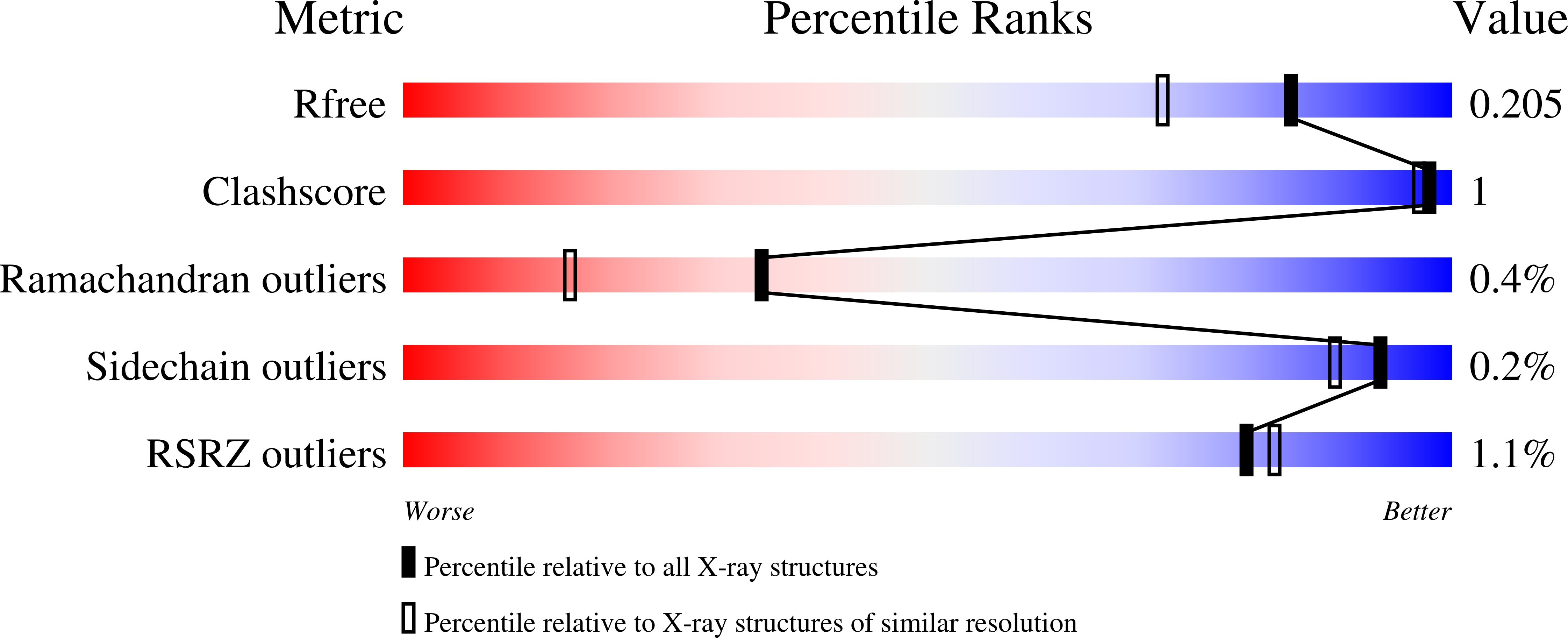Structural and Mechanistic Insights into C-S Bond Formation in Gliotoxin.
Scherlach, K., Kuttenlochner, W., Scharf, D.H., Brakhage, A.A., Hertweck, C., Groll, M., Huber, E.M.(2021) Angew Chem Int Ed Engl 60: 14188-14194
- PubMed: 33909314
- DOI: https://doi.org/10.1002/anie.202104372
- Primary Citation of Related Structures:
7NC1, 7NC2, 7NC3, 7NC5, 7NC6, 7NC8, 7NC9, 7NCB, 7NCD, 7NCE, 7NCL, 7NCM, 7NCN, 7NCO, 7NCP, 7NCT, 7NCU - PubMed Abstract:
Glutathione-S-transferases (GSTs) usually detoxify xenobiotics. The human pathogenic fungus Aspergillus fumigatus however uses the exceptional GST GliG to incorporate two sulfur atoms into its virulence factor gliotoxin. Because these sulfurs are essential for biological activity, glutathionylation is a key step of gliotoxin biosynthesis. Yet, the mechanism of carbon-sulfur linkage formation from a bis-hydroxylated precursor is unresolved. Here, we report structures of GliG with glutathione (GSH) and its reaction product cyclo[-l-Phe-l-Ser]-bis-glutathione, which has been purified from a genetically modified A. fumigatus strain. The structures argue for stepwise processing of first the Phe and second the Ser moiety. Enzyme-mediated dehydration of the substrate activates GSH and a helix dipole stabilizes the resulting anion via a water molecule for the nucleophilic attack. Activity assays with mutants validate the interactions of GliG with the ligands and enrich our knowledge about enzymatic C-S bond formation in gliotoxin and epipolythiodioxopiperazine (ETP) natural compounds in general.
Organizational Affiliation:
Department of Biomolecular Chemistry, Leibniz Institute for Natural Product Research and Infection Biology (HKI), Beutenbergstrasse 11a, 07745, Jena, Germany.














